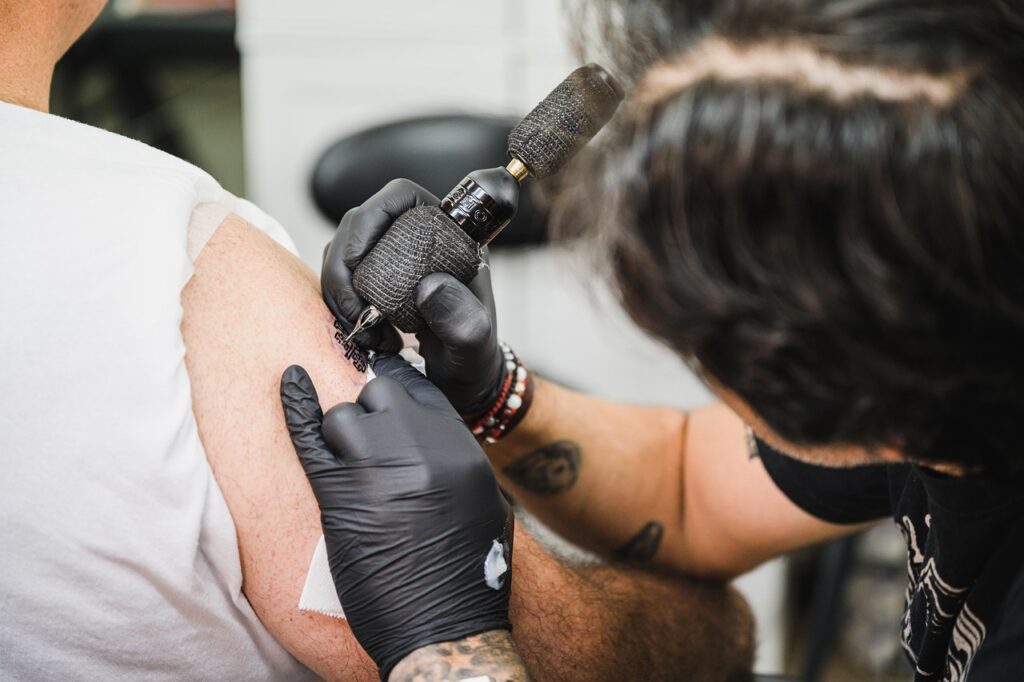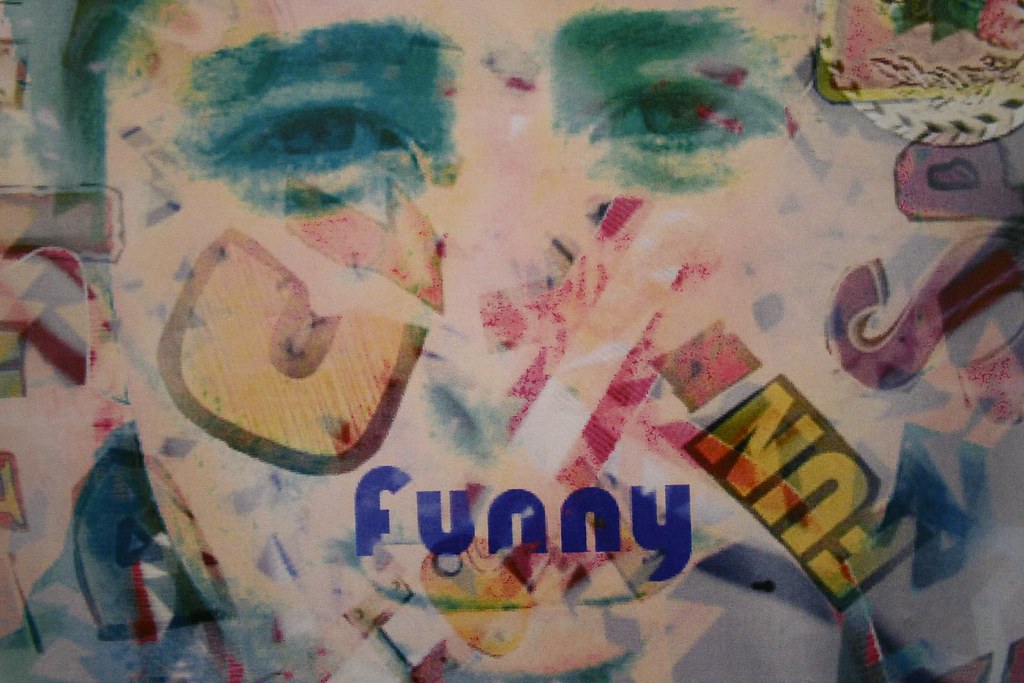
The world of body art is a canvas of self-expression, a vibrant testament to personal stories, milestones, and passions. With the Advanced Dermatology website indicating that a significant 39% of Americans now adorn their bodies with at least one tattoo, it’s clear that ink has become integral to our cultural landscape. Each design, whether a bold statement or a subtle whisper, is intended to capture a moment, a belief, or a love that feels permanent.
Yet, as life unfolds and perspectives evolve, the very permanence that makes tattoos so compelling can sometimes become a source of deep, unexpected regret. Statistics reveal a powerful undercurrent of second thoughts: a significant 25% of those with ink express a desire to change their story. This isn’t just about a poorly drawn line or a fading color; often, the remorse runs far deeper, touching on identity, past choices, and the person we once were versus who we’ve become.
We’re diving into twelve truly compelling narratives that peel back the layers of tattoo regret, moving beyond the superficial to explore the profound emotional, personal, and sometimes even physical challenges that come with an unwanted mark. From immediate artistic mishaps to symbols that no longer resonate with a transformed self, these stories offer a candid look at the complex relationship we have with our own skin and the choices etched upon it. Prepare to discover the often-unspoken truths behind wanting a clean slate.

1. **Angela Sarro’s Matrix Pills: The Immediate Blob of Regret** For Long Island mom Angela Sarro, getting palm tattoos—the red and blue pills from *The Matrix*—spiraled into profound regret. Meant to symbolize truth and blissful ignorance, the artwork went awry. Halfway through, Angela looked down and “started crying” as the red pill resembled a mere jelly bean.
The artist’s refusal to stop—”Nope. You already paid. You’re getting the blue one too”—cemented her distress. Weeks later, she was “too mortified to wave back” at her son’s teacher, embarrassed by the “blobs on her hands” that weren’t symmetrical. Clenching her hands to hide them caused daily pain.
The emotional toll was deeper, leading to intense self-doubt. Angela questioned her judgment, asking, “Was I a bad mom? What kind of person am I?” This impulsive decision forced her to confront what her flawed body art conveyed about her character.
Desperate for a solution, Angela found Removery. She went for a consultation and job interview simultaneously, telling the manager, “Because I understand what everyone is feeling. I get it.” Today, her palm tattoos are nearly gone. She works as a consultant, guiding others through their journey of ink regret.
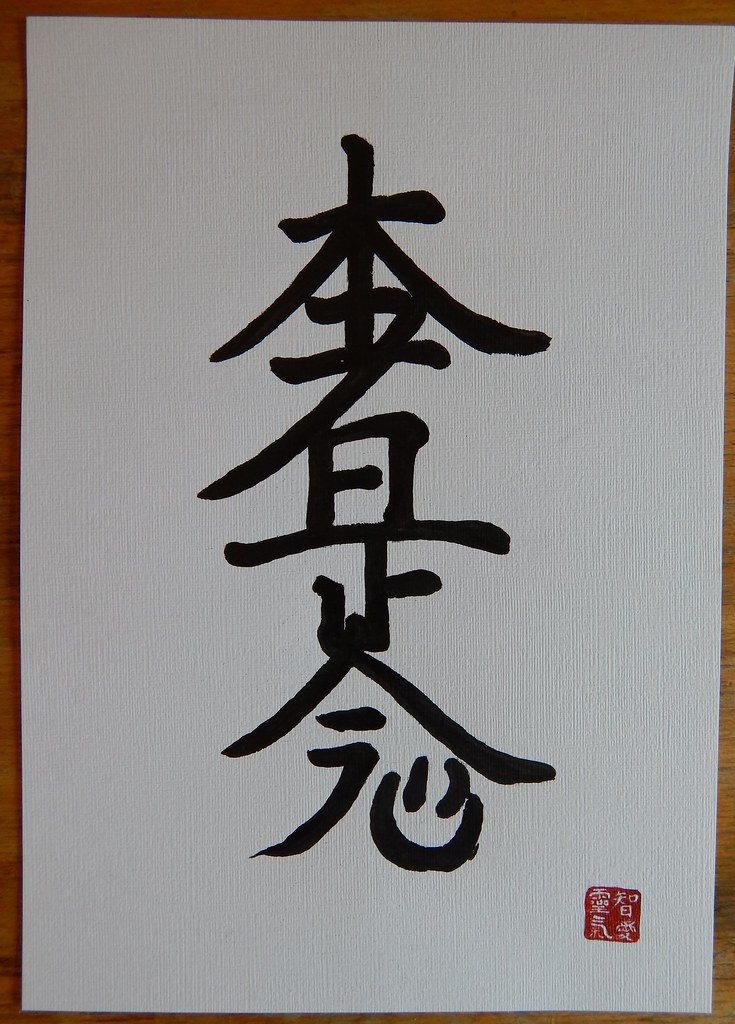
2. **The Linguistic Lapses: When Ink Speaks the Wrong Language** Beyond aesthetic blunders, tattoos become sources of regret due to unfortunate errors in translation or spelling. Permanence of ink magnifies these mishaps, turning intended declarations into unintentional comedy or confusion. These stories highlight the critical importance of meticulous verification before committing words to skin.
New York City dermatologist Dr. Michele Green recounts a patient’s embarrassing experience with a Korean phrase tattoo. Intended to declare, “It’s OK to go crazy!” a misspelled character altered its meaning. Instead, his body art announced, “Mitch is fine too!”—far from the edgy statement envisioned.
Similarly, Lorenzo Kunze Jr. of Inkless, shared a client’s story of a tattoo meant to signify “survivor,” yet it proudly proclaimed “hot dog.” Online forums are rife with such gaffes: “RIP” for someone alive, or a granddad’s “Born Loser” tattoo from the ’70s misspelled as “Born Looser,” a mistake humorously embraced by his grandson.
Tiffany S. also faced a predicament, discovering her two Chinese symbols, acquired in college, didn’t mean “brave girl” as believed. Her Chinese friend confirmed they meant “nothing.” These narratives serve as stark reminders that what seems meaningful can, through oversight, become a permanent, unintended narrative, leading to profound embarrassment.
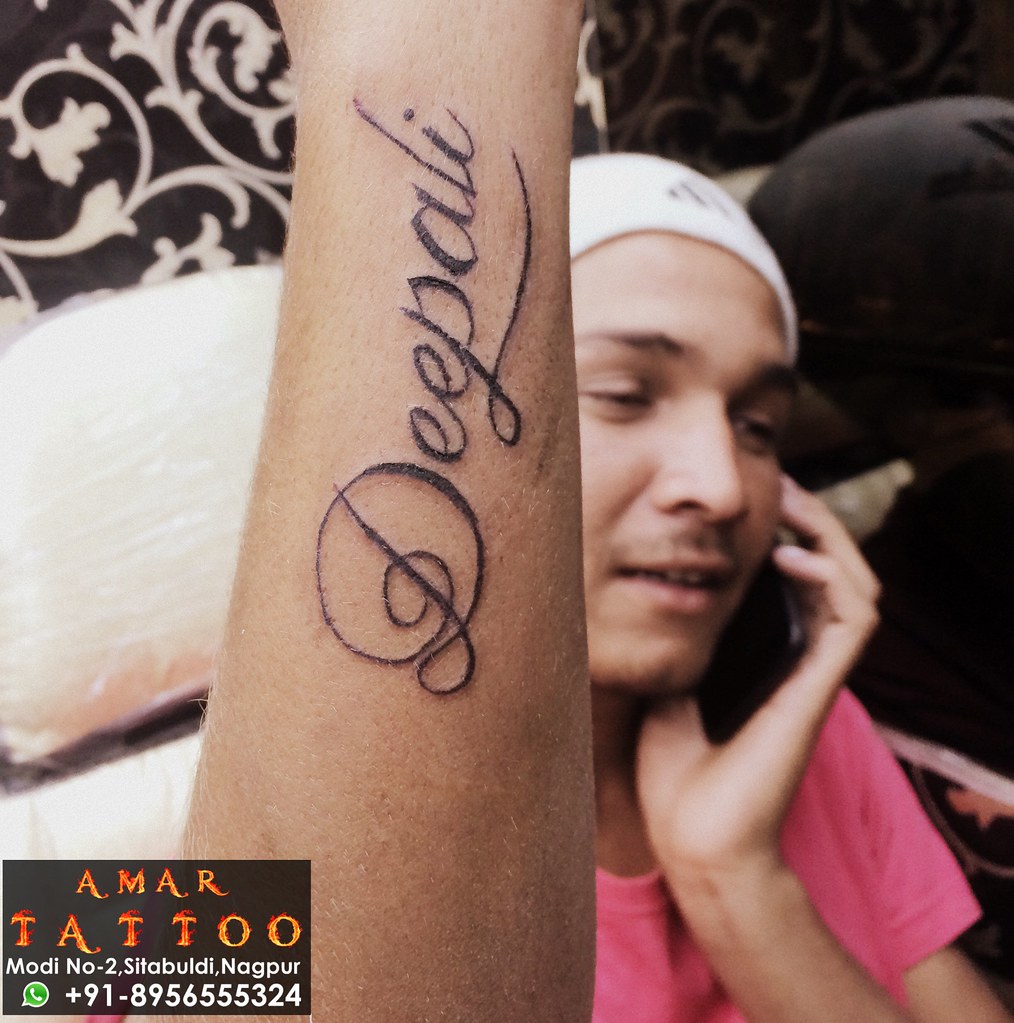
3. **Ex-Factor Ink: Love Gone Wrong, Permanently Etched** Romantic relationships lead to tattoo regret, with ex-partner “names” identified as the “biggest culprit,” by Jeff Garnett of Inkless. The passion of new love often inspires permanent inked declarations. Yet, as relationships fade, these tattoos become tangible, often painful, reminders on the skin.
The sheer prevalence of these breakup tattoos is striking. Inkless, for instance, runs an annual “Screw Valentine’s Day” promotion, offering to laser off an ex’s name for just $50. Sabrina W. candidly shares her experience: a tattoo reading “Daniel” and “Sabrina,” with Daniel explicitly marked as “my ex.” These tattoos truly become inescapable markers of past connections.
While removal is a popular choice, some individuals opt for creative cover-ups. One viral internet image shows a man transforming “SARAH” across his back into “SARAHCHA” after a breakup, playfully signifying his love for the spicy condiment. This ingenious solution demonstrates the lengths people go to reclaim their body art from past relationships.
Nevertheless, cover-ups don’t always fully erase the original regret. Liora Y. had a “shared tattoo I had with my ex-husband” covered, only to lament, “The coverup also sucks,” describing it as “a bunch of lines and a blob.” This highlights how the emotional baggage of ex-partner names can persist, sometimes proving more resilient than any laser or new design.
4. **Aging Out: Tattoos That Don’t Grow With You** Many tattoo regrets stem from a simple truth: “I am no longer the person I was at 18.” As individuals mature, designs once deemed cutting-edge often lose relevance. This natural evolution means a powerful youthful statement can become a source of quiet discomfort.
Tattoo trends are transient, like fashion. The ’90s saw a rise in tribal art and the “tramp stamp.” Later, infinity signs and dandelion-seed-to-bird silhouettes gained popularity, only to fade from vogue. Heather H. regrets her “tramp stamp I got when I was 18,” wishing she “never got” the flower and tribal design.
Some tattoos are simply gags that don’t age well. Lorenzo Kunze Jr. points to “the mustache on the finger,” a novelty that “doesn’t stay funny forever.” Angela Sarro’s client grew tired of her “teddy bear with X’s in its eyes,” no longer wanting a “dead bear on her leg.” These examples underscore how youthful humor can sour into permanent awkwardness.
Derek Conlon’s notorious “Your name” butt tattoo, a college party joke, quickly branded him “THAT guy” as word spread. Marie W. cringes at her “cheesy line from a poem” chosen at 18, an impulsive decision fueled by eagerness. Lindsey M. lives with a 20-year-old “tramp stamp that is just not me,” showing how body art disconnects from evolving identity.
Read more about: Unpacking the Complex Life and Enduring Career of Pete Davidson: From SNL Breakthrough to Public Scrutiny

5. **The Body’s Shifting Canvas: When Life Reshapes Your Art** While many regrets stem from changing minds, some are a direct consequence of the body itself changing, through natural or medical intervention. Plastic surgeons frequently encounter tattoos dramatically altered by procedures to reshape the body. These instances highlight how permanence can be disrupted by physical evolution.
Gregory A. Greco, DO, a former president of the American Society of Plastic Surgeons, often observes body contouring’s impact on existing tattoos. Tummy tucks, performed on the lower waist or abdomen, can inadvertently “cut their tattoo in half.” This surgical alteration renders a once cohesive design utterly meaningless.
Dr. Greco recounts seeing numerous examples of these bisected artworks: “half-fish, half-dolphins, half-flowers, half-names.” The tattoo’s original intent is lost, transformed into a disjointed fragment. Such outcomes force individuals to confront an unplanned reality for their body art, often leading to renewed regret over something beyond their control.
The opposite phenomenon also occurs, where a tattoo stretches and distorts over time. Dr. Greco vividly describes one case of a flower bouquet tattoo that expanded over years, ultimately resembling “a uterus.” These transformations underscore a profound truth: even carefully chosen designs are subject to the unpredictable canvas of the human body.
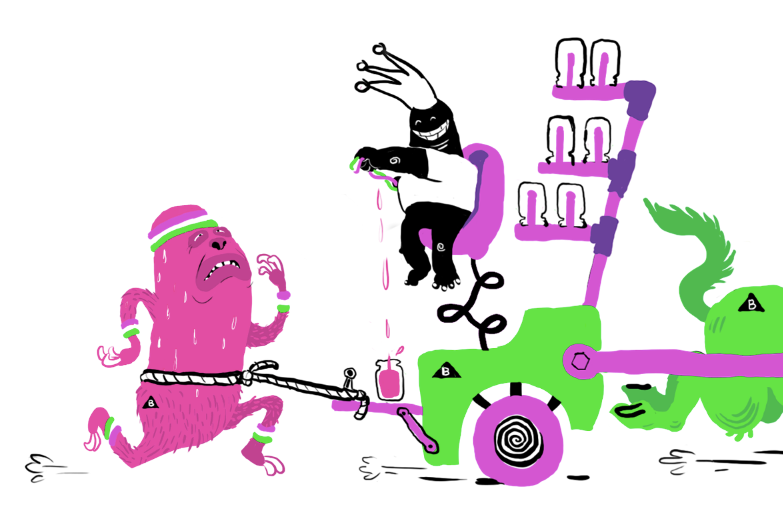
6. **Mauricio Arias: From Rage to Redemption, One Laser Session at a Time** Mauricio Arias’s story is one of profound transformation, where deeply regretted tattoos became a catalyst for a new life. His early years, marked by his father’s murder and a move to New York City, led him to grapple with immense rage. This fueled self-harm and a desire to express his turmoil through body art.
He inked his face with symbols of defiance: a switchblade, brass knuckles, a web for addictions, an explicit “FU.” These tattoos projected his dark reality. His life hit rock bottom in a crack house, even as he worked as a tattoo artist. A client recognizing his brother’s photo sparked shame, leading Arias to church.
A spiritual awakening followed; he felt “God spoke to him,” promising a brighter future. This ignited a radical change: he discarded his tattoo machine, found new work, reunited with his wife, and at 30, enrolled in community college. His face, however, remained a canvas of his past, with daunting removal costs. His wife found Jeff Garnett.
Garnett, impressed by Arias’s commitment, performed the removals for free. Arias vividly describes laser sessions as “hell,” like “hot rubber bands hitting you on your face,” yet also “heaven” for the liberation. Six years later, he is an assistant project manager on a major airport renovation, nearing his bachelor’s degree. His face is clear, save for the risky eyelid tattoos.
“This is how I know I’m happy,” Arias affirms, “I feel accomplished. I feel good. … if I die looking like this, I’ll die a happy man.” His journey is a testament to embracing a new identity, even if remnants of the past endure.

7. **The Initial Jolt: ‘Tattoo Shock’ and Early Panic**Beyond the ink and the needle, there’s a fascinating, often unspoken, psychological phenomenon known as ‘tattoo shock.’ This isn’t just a mild second thought; it’s an intense, sometimes debilitating panic that can strike moments after a new tattoo is completed. While rarely discussed openly in the tattoo community, it’s a remarkably common experience, highlighting the profound mental adjustment required when permanently altering one’s body.
Take Katie Mizuno’s friend, who had several tattoos under her belt before getting a delicate palm leaf design with a small yellow moon. Immediately, she was gripped by a powerful wave of hatred for it, wishing it off her skin and even contemplating extreme measures. She experienced an overwhelming awareness and fear of death, contemplating how this tattoo would outlive her. For days, she was consumed by anxiety and depression, struggling to even look in a mirror, only for the regret to vanish as suddenly as it appeared, transforming the tattoo into one of her favorites.
Katie herself recounts a similar, though perhaps less extreme, experience with her first few tattoos. After the initial thrill of her stag antlers on her back, the panic set in. She was sure she’d made a permanent mistake, consumed by worry over potential judgment from her then-boyfriend and family. This intense regret led to several sleepless nights, a stark contrast to her initial ecstasy. Yet, like her friend, this feeling eventually dissipated, replaced by affection for the artwork and a desire for more ink.
What these stories reveal is the deep psychological baggage that can accompany body modification. Many people, especially with their first tattoos, are simply unprepared for the gravity of such a permanent alteration. It forces a confrontation with deep-seated worries and insecurities, from fears of death to trauma-related anxieties. Katie Mizuno suggests that continually ‘flexing the muscle of seeing and accepting a rapid and drastic change to my body’ is key to moving past this initial shock, underscoring the importance of normalizing these feelings within the tattoo community to foster open discussion and support.
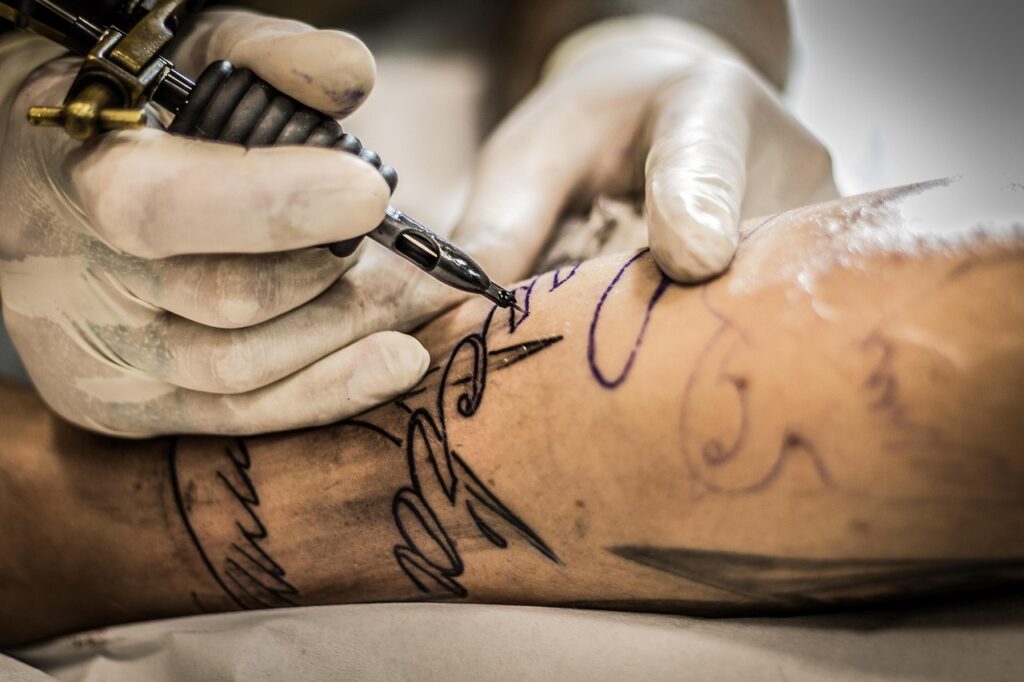
8. **Impulsive Ink: When Spontaneity Backfires**There’s a certain thrill to spontaneity, a rush that often leads to unforgettable adventures. But when that impulsive energy is channeled into a permanent tattoo without a solid plan, the results can be less thrilling and more regret-inducing. Many stories of tattoo remorse stem from quick decisions, often made under the influence of youth, peer pressure, or simply a whim that seemed like a good idea at the time.
Consider the tale of Rachel S., who fell victim to the allure of a “$13 Friday the 13th tattoo,” an offer that, while tempting, ultimately led to lasting regret fueled by peer pressure. Similarly, Becky V. found herself an “18 and under the influence” guinea pig for a friend’s new tattoo gun, enduring 1.5 hours for two stars on her arm that she now wishes away. Ashtan L.’s 21st birthday celebration, complete with a trip to the bar and a “drunk tattoo artist,” resulted in a child’s name tattoo that was “a lot bigger then I wanted,” proving that a good time doesn’t always translate to good art.
POPSUGAR employees also shared their own candid experiences with spur-of-the-moment ink gone wrong. One found themselves with two small teardrops in Edinburgh, Scotland, with “no idea” why their 20-year-old self chose them, while another’s “promise” tattoo on a pinky finger, acquired after a night of drinking, was rendered in the universally reviled Comic Sans font. Another colleague’s dragon tattoo, a spontaneous decision made on Venice Boardwalk, now holds “zero connection” and sits awkwardly mid-to-low back.
These anecdotes underscore a vital lesson: while spontaneity can be fun, a tattoo is a lifelong commitment. The charm of a cheap deal or a spur-of-the-moment decision can quickly fade, leaving behind a permanent reminder of a fleeting impulse. Taking the time to plan, research, and choose wisely can prevent years of regret and the costly, painful process of removal.
9. **The Enduring ‘Tramp Stamp’: Generational Regrets**Tattoo trends, much like fashion, come and go. But unlike a passing clothing fad, a tattoo remains, sometimes becoming a permanent marker of a bygone era or a youthful choice that no longer aligns with who you’ve become. The “tramp stamp,” a delicate tattoo on the small of the back, is perhaps one of the most iconic examples of a trend that has generated widespread regret across generations.
Heather H. vividly recalls the regret of her “tramp stamp I got when I was 18,” a flower and tribal design that she now wishes she “never got,” conceding she “should have listened to my parents.” This sentiment is echoed by countless others who adorned their lower backs in the ’90s, only to find that what was once edgy or fashionable is now a source of quiet discomfort or even embarrassment.
For some, the regret over a tramp stamp isn’t just about evolving taste; it’s about the practical implications of its placement. Stefanie L. chose a pink and yellow Supergirl symbol for her 35th birthday, symbolizing strength during a challenging custody battle. While the meaning was profound, the location—”right above my badonkadonk (aka the tramp stamp)”—became a source of regret, especially “when I am wearing a bikini, or worse, at work bending down low to pick up something.” This highlights how deeply a tattoo’s location can impact daily life and self-consciousness.
Lindsey M. similarly lives with a 20-year-old “tramp stamp that is just not me” anymore. Despite attempts to cover it up twice, it has grown too large for further modification, leading her to simply forget it’s there. These stories collectively illustrate how designs once deemed empowering or stylish can disconnect from an individual’s evolving identity, serving as enduring reminders of past selves and the challenge of living with permanent art that no longer resonates.
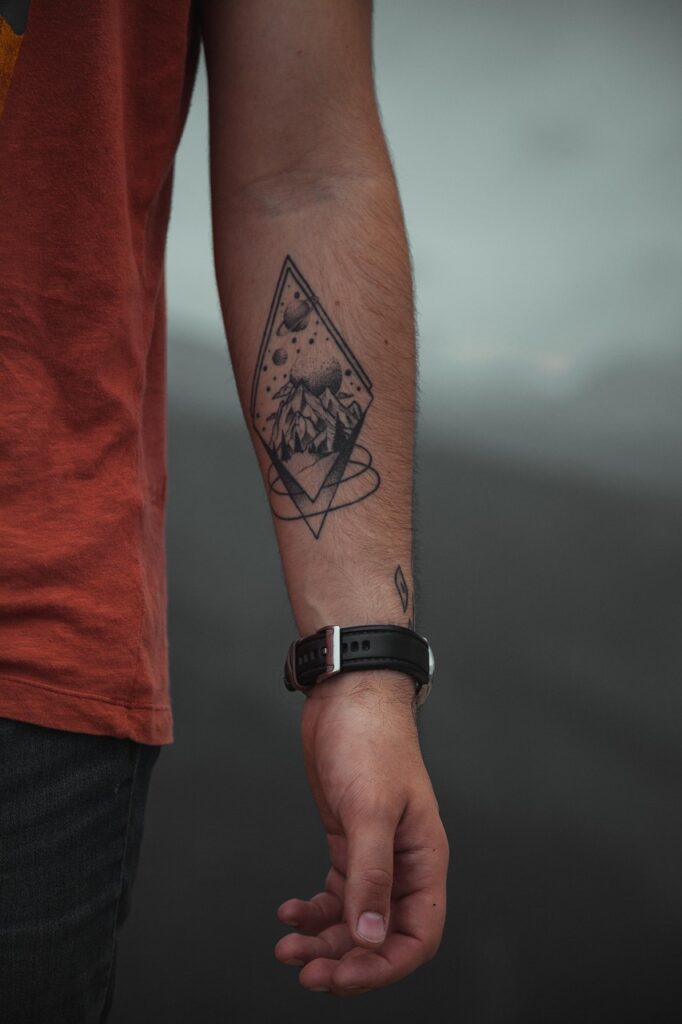
10. **Cover-Up Complications: Sometimes Two Wrongs Don’t Make a Right**When a tattoo becomes a source of regret, many individuals turn to cover-ups as a seemingly less painful and expensive alternative to laser removal. The idea is simple: transform the unwanted ink into something new and beautiful. However, as many discover, the path to a successful cover-up is not always straightforward, and sometimes, two wrongs can indeed fail to make a right.
Liora Y. experienced this firsthand when she sought to cover a “shared tattoo I had with my ex-husband.” While the intention was to erase a painful reminder, the outcome was far from ideal. She lamented that “The coverup also sucks,” describing it as merely “a bunch of lines and a blob.” This highlights a common pitfall: a cover-up, if not executed expertly, can add another layer of dissatisfaction, leaving the individual with a new design they dislike on top of the original regret.
Megan Y.’s journey with a “jailhouse style” peace sign, which ended up looking like a ‘D’ on her ankle, eventually found redemption. Years later, she had it beautifully covered with a lily at a tattoo convention, turning a teenage mistake into a piece she appreciated. This demonstrates that while cover-ups can be highly successful, the process often involves living with an interim, regrettable design, and the outcome is heavily dependent on the artist’s skill and the complexity of the original piece.
Another poignant example comes from a POPSUGAR employee who, after getting a “terrible tattoo” from a novice artist at 18, returned to the now-famous artist years later for a cover-up. Despite the artist’s current renown, the new design—”giant flowers” with added background—was “much larger than I had anticipated” and “not on the original sketch.” The result? She still hates it, finding it to be her “only full-color tattoo” that she plans to remove. These stories serve as crucial reminders that cover-ups require careful planning, open communication with the artist, and a clear understanding that they are not a guaranteed solution, sometimes creating new layers of regret.
11. **Evolving Self: Tattoos That No Longer Align with Identity**Our personal identity is a dynamic tapestry, constantly evolving with age, experience, and changing perspectives. While tattoos are intended as permanent expressions of who we are at a given moment, the disconnect between that past self and our present identity can become a profound source of regret. What once felt deeply meaningful or incredibly cool can, over time, simply cease to resonate.
Consider Roxanne W.’s unique experience. At 25, deeply enamored with a musician, she asked him to draw a chicken on her, which she then got tattooed. In her youthful mind, it was “awesome,” but later, with the clarity of hindsight, she recognized it for what it was: “awful.” This whimsical, star-struck decision, while charming in its origin, eventually became a mark that no longer fit her evolving taste or self-perception.
Sarah J.’s story reflects a similar sentiment, albeit with a more immediate impact. She got a ladybug with “Lady Sarah” underneath at 18, regretting it “as soon as he was finished!” Her later perspective, believing her “body is a temple,” clashed with this impulsive youthful decision, leading to a long-term desire for removal. This speaks to how quickly personal values and self-image can shift, sometimes even moments after a permanent decision has been made.
Tiffany R. experienced a blend of these factors with her “horribly done butterfly flying onto a flower” on her hip. Acquired at a “tattoo party” at 19, the execution fell far short of the intended drawing and meaning. Although the tattoo had a personal significance, its poor artistry and the impulsive context of its creation meant it never truly aligned with her deeper self, leaving her reluctant to invest more time and money in another potentially regrettable cover-up. These narratives powerfully demonstrate how a tattoo, once a beacon of self-expression, can become a static representation of a past self that no longer exists.

12. **Beyond Regret: Embracing the Journey and Finding Acceptance**As we’ve explored through these diverse narratives, tattoo regret is a multifaceted, deeply human experience, ranging from immediate panic to a gradual disconnect with one’s past self. It’s clear that while the desire for a clean slate is potent, the journey with tattoos, whether regretted or cherished, can also be a profound pathway to self-understanding and acceptance.
Katie Mizuno, having navigated her own “tattoo shock” multiple times, offers a liberating perspective: regret, especially the initial kind, is normal. Instead of hiding these feelings, she advocates for open dialogue, recognizing that “if mine are only on my skin, I’m doing okay.” Many people, she notes, eventually either grow accustomed to their tattoos to the point of them becoming “invisible,” or learn to wear them with a certain pride, accepting them as part of their life’s story.
For those whose regret persists, the options for change are more advanced and accessible than ever. The tattoo removal industry is experiencing explosive growth, projected to reach $4.0 billion by 2035, offering effective solutions for erasing unwanted ink. Furthermore, the artistry of cover-ups and blastovers has reached incredible new heights, allowing skilled professionals to transform regrettable pieces into stunning new designs. These options affirm that individuals do not have to endure anxiety or discomfort caused by their body art.
Ultimately, the journey with tattoos, whether it involves initial regret, cover-ups, or complete removal, becomes an exercise in adapting to change and embracing the evolution of self. Katie Mizuno beautifully articulates this, suggesting that “exercising the muscle of accepting radical changes to my body has made me better equipped to handle the changes life inevitably brings.” From learning to accept new ink to gracefully embracing the signs of aging, our relationship with our skin can teach us resilience. So, whether you’re contemplating a new tattoo, living with an old one, or considering a change, remember that your story, and your skin, are always evolving, and every step of that journey is valid and uniquely yours.

